Minimize dead volume in HPLC analysis with vial inserts. Improve sample recovery, reduce carryover, and enhance peak shape. Optimize micro-volume analyses. Key factors: HPLC, vial inserts, dead volume, sample recovery, HPLC autosampler.
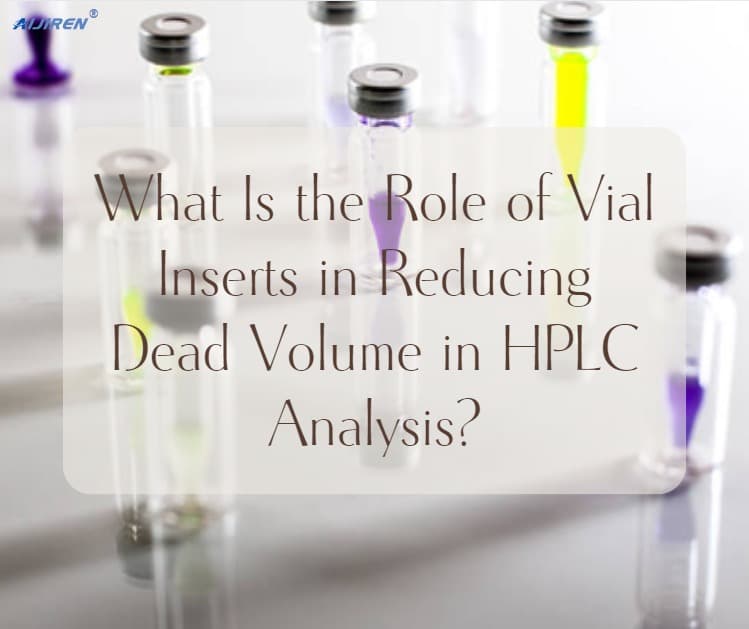
Minimize dead volume in HPLC analysis with vial inserts. Improve sample recovery, reduce carryover, and enhance peak shape. Optimize micro-volume analyses. Key factors: HPLC, vial inserts, dead volume, sample recovery, HPLC autosampler.
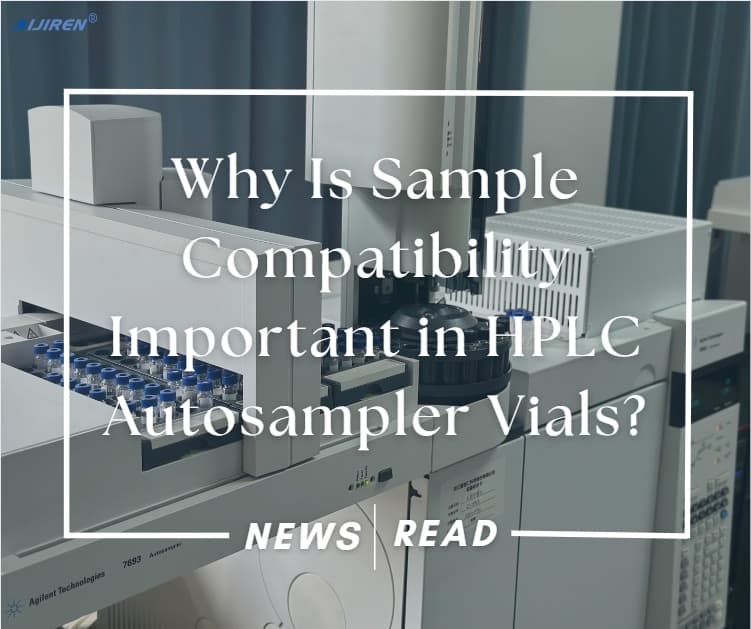
Ensure reliable HPLC data with our guide on sample compatibility in autosampler vials. Learn how vial material, septa, coatings, and sample properties impact integrity, prevent contamination, and ensure reproducibility. Keywords: HPLC, autosampler vials, sample compatibility, sample integrity, contamination, reproducibility, vial material, septa, coatings, analyte.
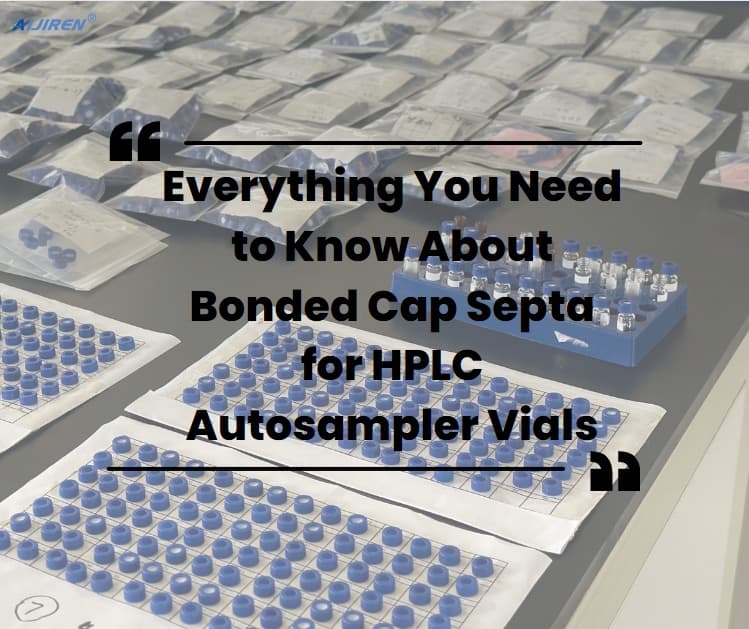
Maximize HPLC data quality with our guide to bonded cap septa. Learn about their benefits: improved seal integrity, reduced septum coring, enhanced reusability, automation compatibility, and versatility. Keywords: HPLC, autosampler vials, bonded cap septa, seal integrity, coring, reusability, automation, versatility, sample quality, reliability.
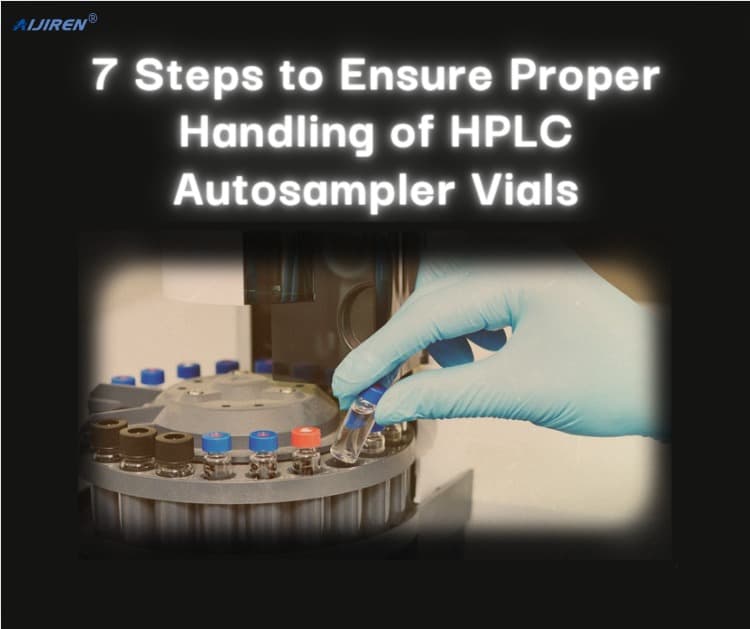
Master HPLC autosampler vial handling with these 7 essential steps. Ensure reliable results by selecting compatible vials, thorough cleaning, proper septa installation, careful sample transfer, optimal storage, safe handling, and regular maintenance. Keywords: HPLC, autosampler vials, handling, sample integrity, septa, cleaning, storage, contamination, reliability, maintenance.
Discover the crucial role of PTFE/silicone septa in HPLC autosampler vials. Learn how they provide secure sealing, protect sample integrity, and ensure reliable analytical results. Explore their pierceable, self-sealing properties and compatibility with solvents/temperatures. Keywords: HPLC, autosampler vials, PTFE, silicone, septa, sample protection, sealing, pierceable, self-sealing, solvents, temperatures.
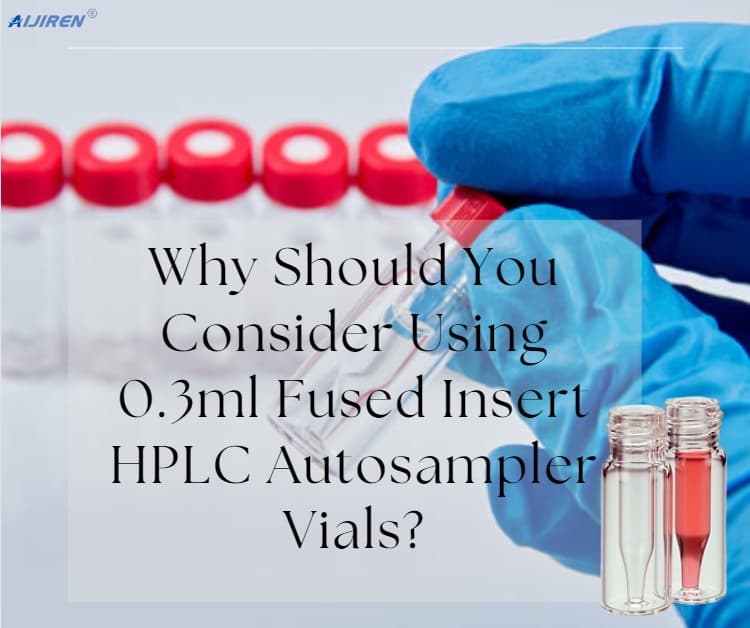
Elevate your HPLC analysis with 0.3ml fused insert autosampler vials. Discover how these specialized vials boost sample volume, injection accuracy, and chromatographic separation. Optimize your workflow with reduced solvent/sample use and space-saving design. Keywords: HPLC, autosampler vials, fused insert, sample volume, injection accuracy, chromatography, solvent consumption, space-saving.
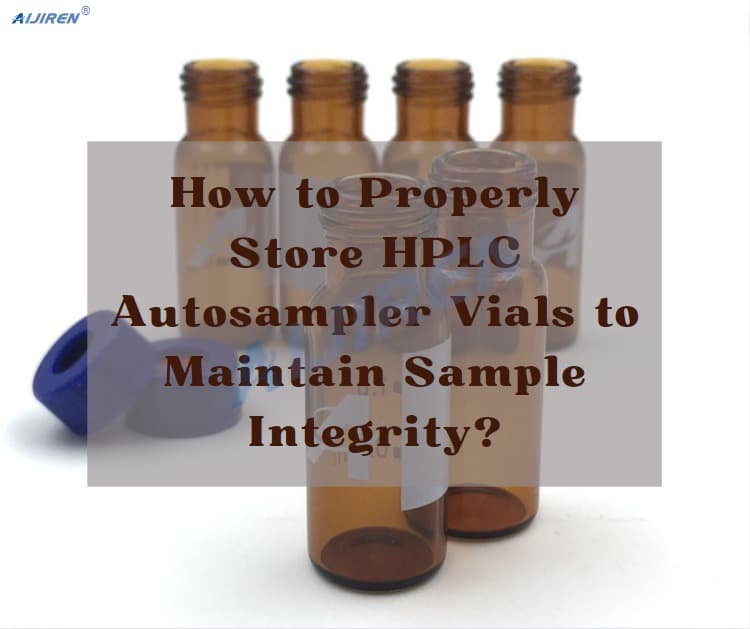
Properly storing HPLC autosampler vials is crucial for preserving sample integrity. Learn 10 best practices, including vial selection, capping, temperature control, and more. Ensure reliable analytical results and comply with industry standards. #HPLC #AutosamplerVials #SampleIntegrity
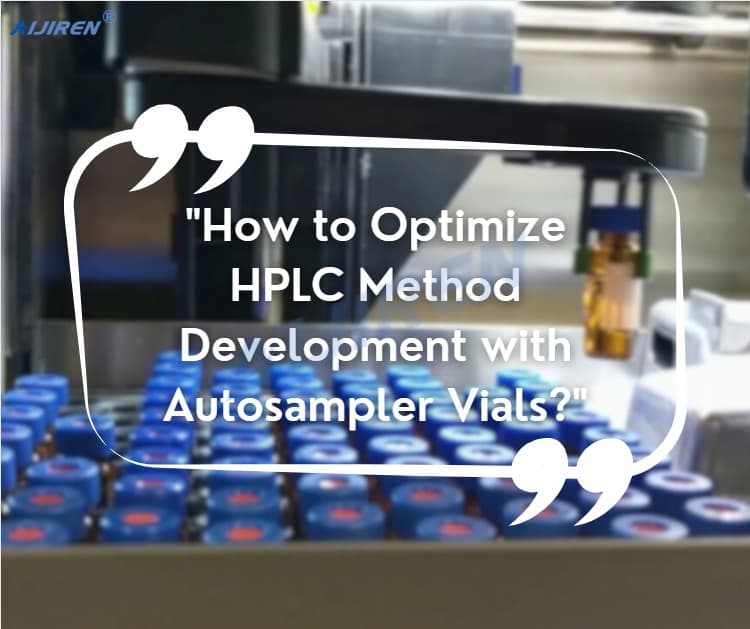
Unlock the secrets to optimizing HPLC method development with autosampler vials. Discover expert guidance on vial material selection, geometry, sealing, preparation, handling, and validation. Minimize variability, prevent sample issues, and achieve reliable, high-quality data.
Keywords: HPLC, method development, autosampler vials, vial material, vial geometry, vial sealing, vial preparation, vial handling, vial validation, data quality
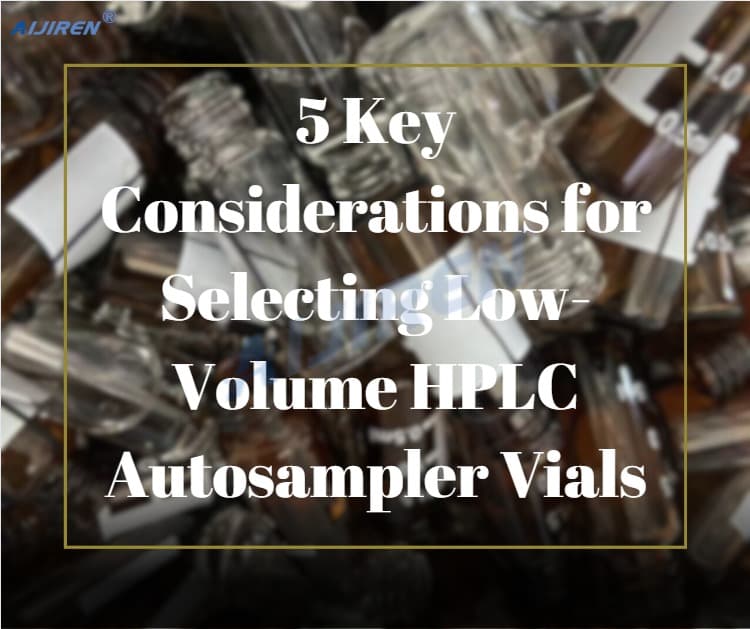
Optimize HPLC analysis with the right low-volume autosampler vials. Explore 5 key factors: vial capacity, material, sealing, inserts, and handling. Learn to minimize dead volume, prevent evaporation, and maintain sample integrity for reliable results.
Keywords: HPLC, autosampler vials, low-volume, dead volume, evaporation, sample integrity, vial capacity, vial material, vial sealing, vial inserts
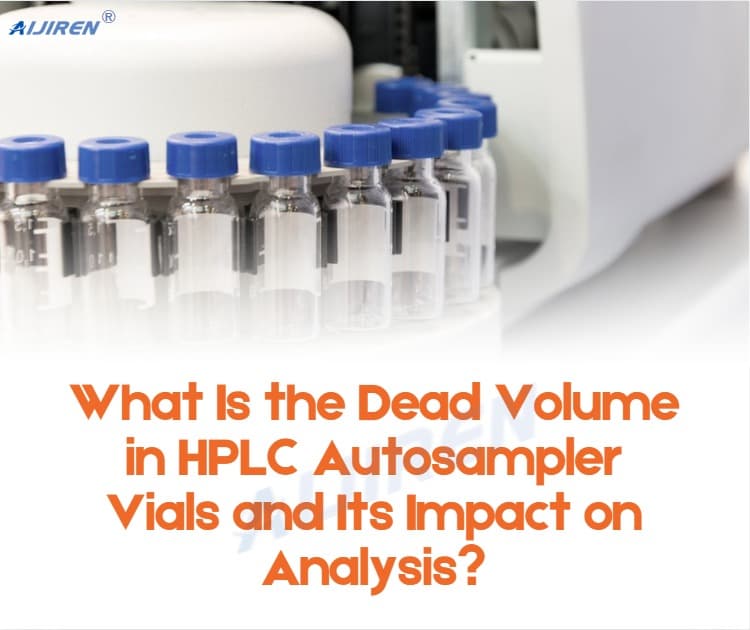
Understand the impact of dead volume in HPLC autosampler vials. Learn how excess headspace can lead to sample evaporation, altered concentrations, and compromised data quality. Discover strategies to minimize dead volume and optimize your HPLC analysis.
Keywords: HPLC, autosampler vials, dead volume, sample evaporation, concentration, data quality, HPLC analysis